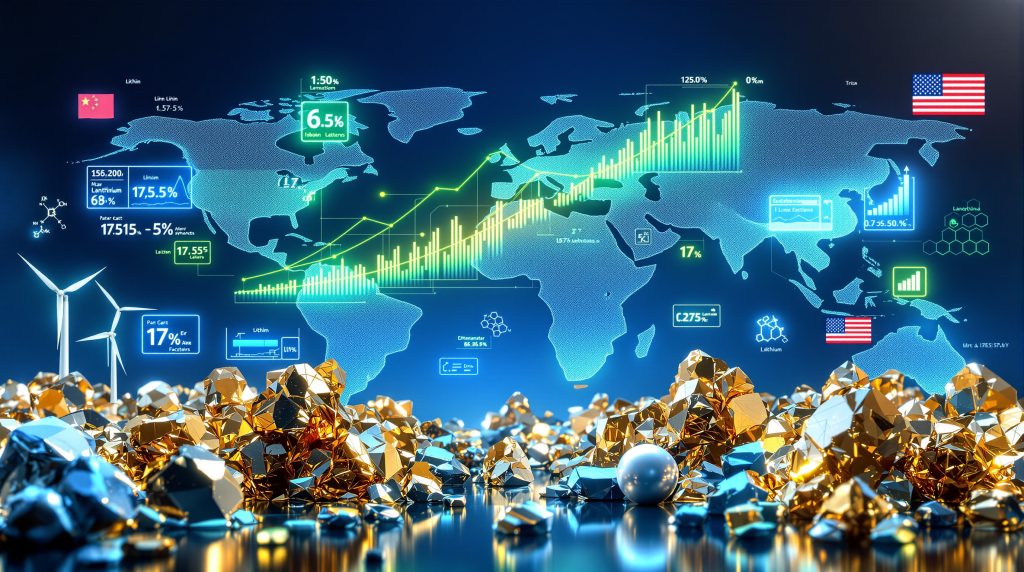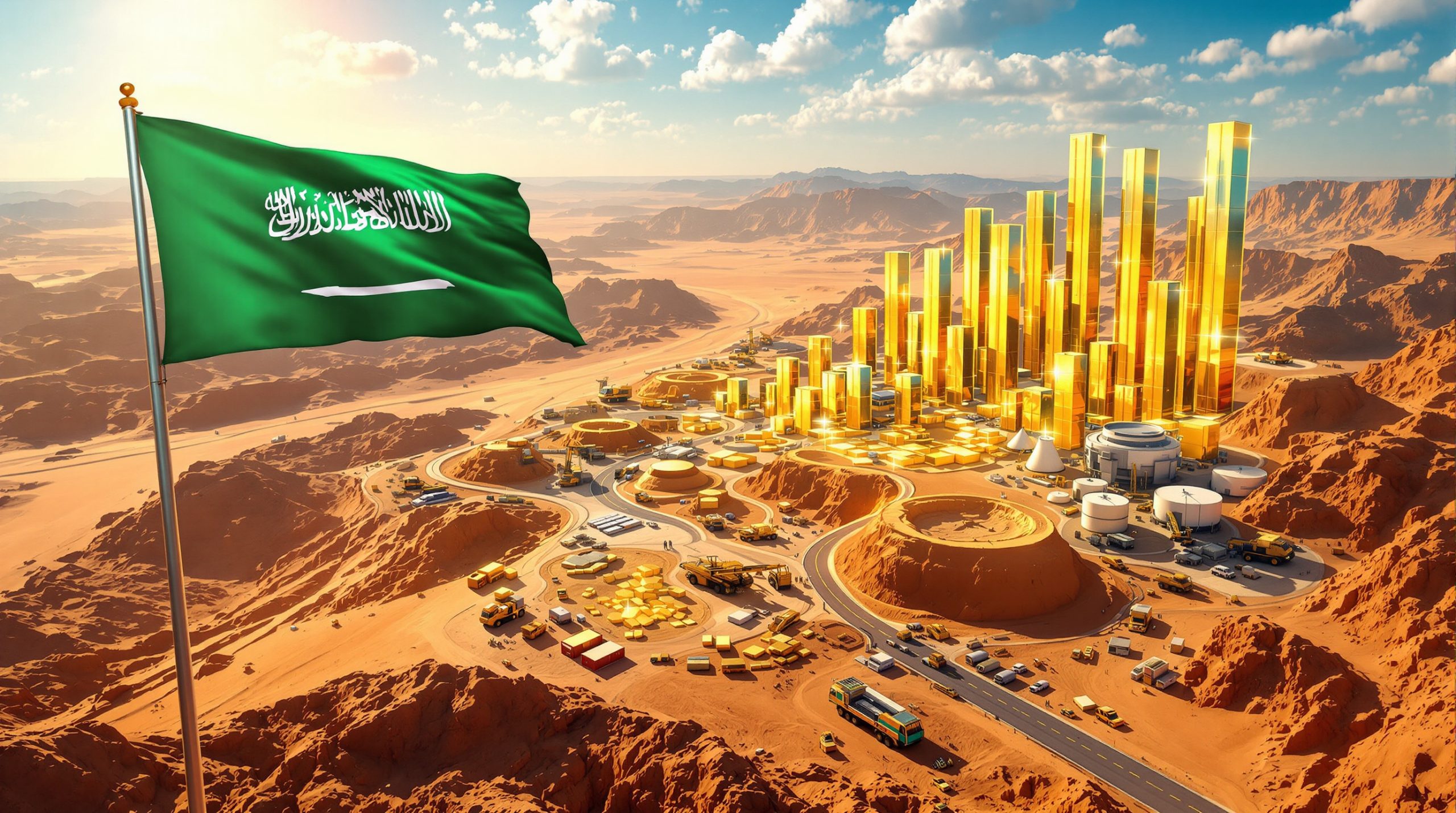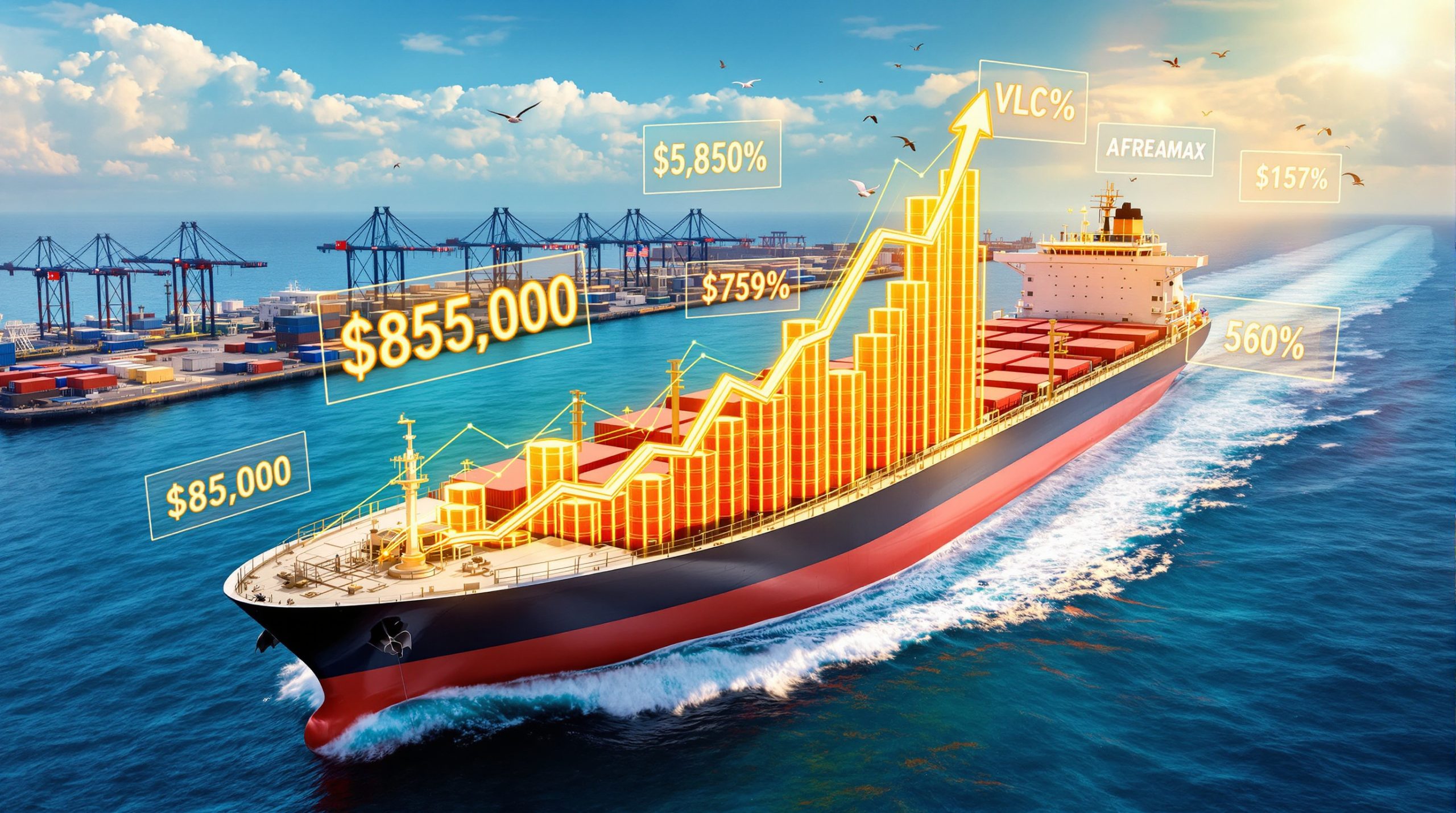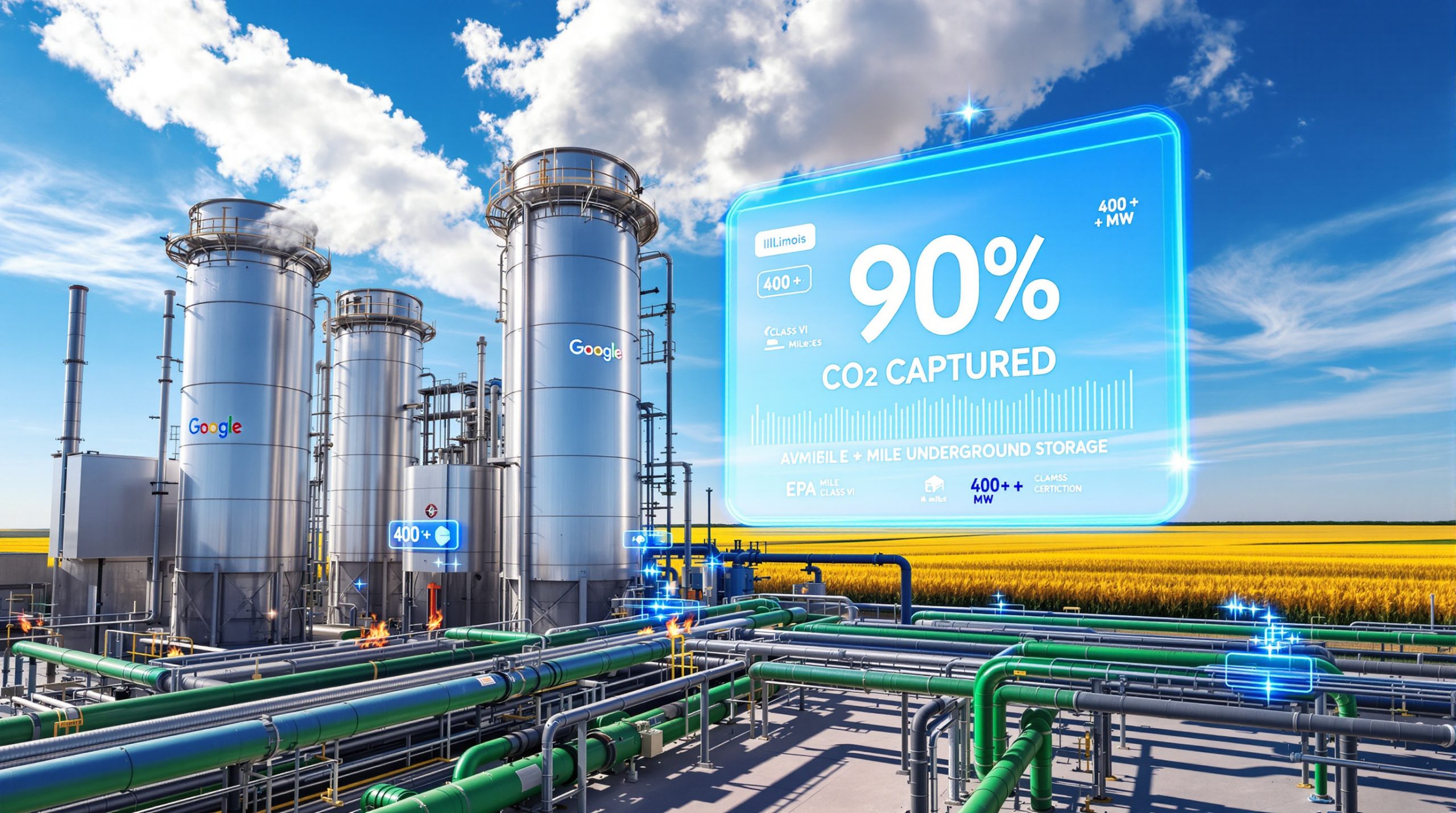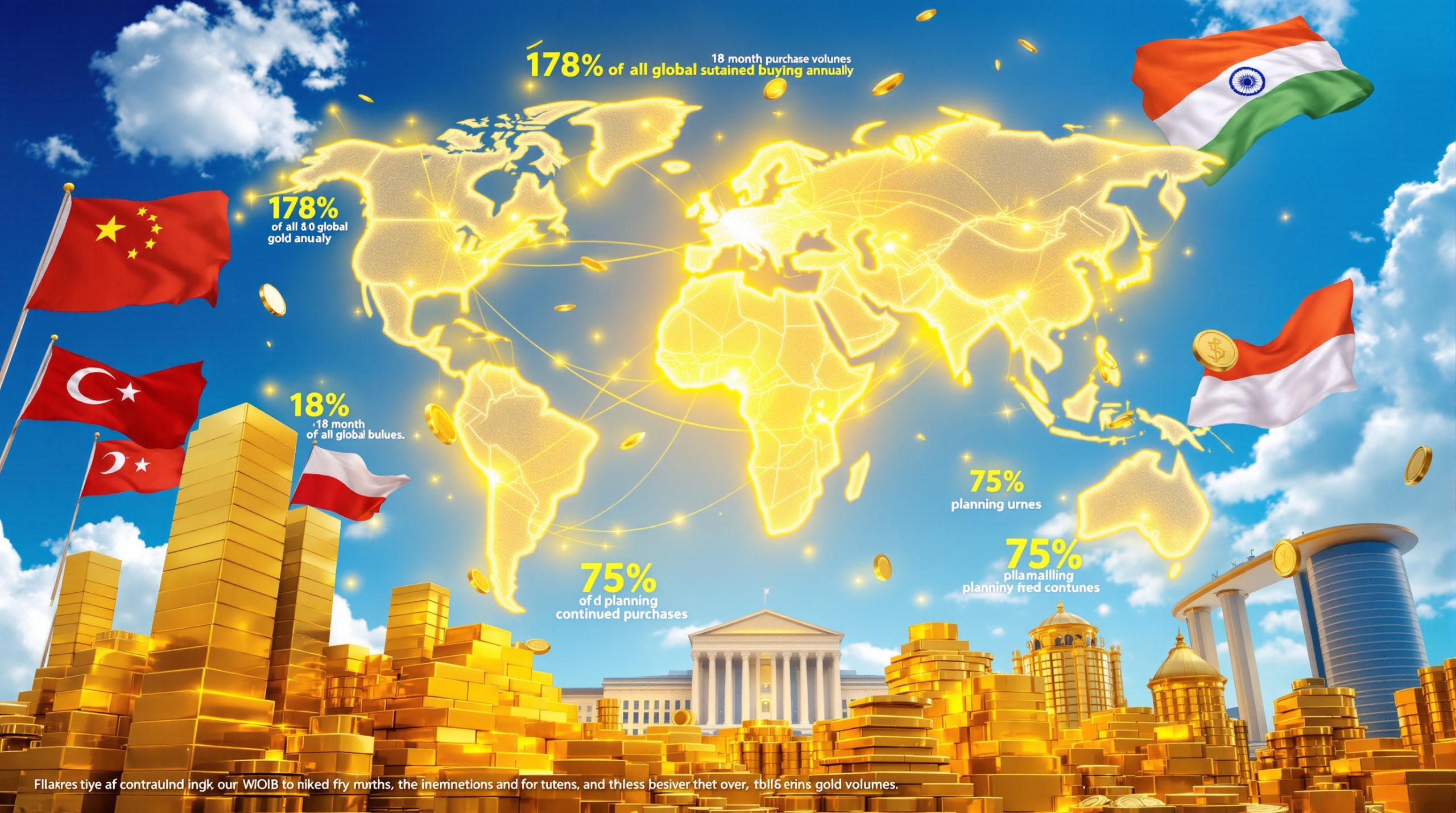Understanding Critical Minerals and Rare Earths: The Foundation of Modern Technology
Critical minerals and rare earth elements serve as the invisible backbone of contemporary technological civilisation, enabling everything from renewable energy systems to advanced defence applications. As nations worldwide grapple with supply chain vulnerabilities and pursue technological sovereignty, these materials have emerged as strategic assets that define economic competitiveness and national security priorities.
The significance of these resources extends far beyond their geological characteristics, encompassing complex geopolitical dynamics, environmental considerations, and investment opportunities that reshape global trade relationships and industrial policies.
Defining Critical Minerals in Today's Strategic Landscape
Critical minerals encompass non-fuel materials deemed essential for economic stability and national security, distinguished by their supply chain vulnerabilities and limited substitution possibilities. These designations reflect dynamic assessments that evolve with technological advancement and geopolitical shifts, creating an ever-changing landscape of strategic priorities.
Essential characteristics of critical minerals include:
- High economic importance spanning multiple industrial sectors
- Supply risk stemming from geographic concentration of production
- Insufficient recycling infrastructure and recovery rates
- Limited viable substitutes for primary technological applications
The United States Geological Survey maintains periodic assessments of critical mineral lists, with designations varying significantly between jurisdictions based on domestic resource availability and strategic priorities. Current assessments encompass materials ranging from lithium and cobalt for battery applications to gallium and germanium for semiconductor manufacturing.
The Strategic Evolution of Criticality Assessments
Material criticality represents a dynamic concept that responds to technological innovation and supply disruptions. Recent years have witnessed the addition of semiconductors materials like gallium and germanium to critical mineral lists, reflecting growing concerns about supply vulnerabilities in advanced chip manufacturing.
Government agencies regularly update these designations through comprehensive risk assessments that evaluate supply concentration, import dependence, and substitution feasibility across various applications and timeframes.
Rare Earth Elements: The Technology Enablers
Rare earth elements comprise 17 metallic elements, including the 15 lanthanides plus scandium and yttrium, distinguished by their exceptional magnetic, luminescent, and catalytic properties. Despite their designation as rare, these elements exist in relatively abundant quantities throughout Earth's crust but occur in economically extractable concentrations only in specific geological formations.
Primary rare earth categories encompass:
- Light rare earths (LREEs): Cerium, lanthanum, praseodymium, neodymium
- Heavy rare earths (HREEs): Dysprosium, terbium, yttrium, europium
The separation and purification of rare earth elements presents extraordinary technical challenges due to their similar chemical properties, requiring sophisticated processing methods that consume substantial energy and generate complex waste streams. This processing complexity contributes significantly to supply chain vulnerabilities and cost structures across global markets.
Understanding the Abundance Paradox
The apparent contradiction between crustal abundance and practical scarcity stems from geological distribution patterns and extraction economics. While rare earth elements exist throughout the planet's crust, commercially viable deposits require specific mineralogical conditions and sufficient concentrations to justify extraction costs and environmental impacts.
Processing rare earths involves intricate chemical separation procedures using solvent extraction techniques that can require hundreds of individual steps to achieve the purity levels demanded by high-technology applications.
Powering the Global Energy Transition
The worldwide shift toward renewable energy systems creates unprecedented demand for specialised materials across every aspect of clean technology infrastructure. Furthermore, Australia has developed a comprehensive critical minerals strategy that positions the nation as a key supplier in this global transformation.
This transformation fundamentally alters commodity markets and supply chain requirements, establishing new dependencies on materials previously considered niche industrial inputs.
Energy transition mineral intensity comparisons:
| Technology Type | Critical Mineral Multiplier | Primary Materials Required |
|---|---|---|
| Electric Vehicles | 6x conventional vehicles | Lithium, cobalt, nickel, rare earths |
| Wind Farms | 9x gas-fired plants | Neodymium, dysprosium, copper |
| Solar Infrastructure | 4x conventional generation | Silver, tellurium, indium |
| Grid Storage Systems | 10x traditional grid | Lithium, cobalt, vanadium |
Source: International Energy Agency Critical Minerals Review
Advanced Technology Applications
Modern defence and technology systems incorporate rare earth elements in applications ranging from precision guidance systems to quantum computing components. Advanced permanent magnets utilising neodymium and dysprosium enable the miniaturisation and efficiency improvements essential for contemporary electronic devices and military systems.
Critical applications encompass:
- Permanent magnet motors for electric propulsion systems
- Phosphor compounds for display technologies and lighting
- Catalytic systems for petroleum refining and emissions control
- Specialised metallurgical alloys for aerospace applications
The integration of these materials into complex supply chains creates vulnerabilities that extend far beyond individual components, affecting entire technological ecosystems and industrial capabilities.
China's Strategic Market Control
China maintains dominant positions across critical mineral supply chains, controlling approximately 70% of global rare earth mining and 87% of processing capacity as of recent assessments. This concentration extends beyond extraction to encompass refining, manufacturing, and technology development capabilities that create comprehensive supply chain dependencies.
China's strategic advantages include:
- Integrated supply chains spanning mining through finished products
- Government-supported industrial development policies
- Advanced processing technologies and manufacturing expertise
- Cost-competitive production methodologies
Recent analysis from industry conferences indicates that Western governments face fundamental economic questions regarding their willingness to subsidise higher-cost alternative supply sources. Building supply chains outside Chinese influence requires substantial capital investment and typically results in higher production costs compared to established Chinese operations.
Processing Cost Disparities
The cost differential between Chinese and alternative supply sources reflects decades of industrial development, government support, and integrated supply chain optimisation. Alternative processing facilities often face significantly higher operational costs due to environmental regulations, labour expenses, and infrastructure requirements.
These economic realities create strategic dilemmas for consuming nations balancing supply security objectives against cost competitiveness in global markets.
Emerging Alternative Supply Networks
Multiple nations are developing significant production capabilities to reduce dependence on Chinese supplies, though these efforts require substantial time horizons and capital commitments to achieve meaningful scale. Additionally, Europe is advancing its own European CRM facility initiatives to strengthen regional supply chains.
Major alternative supply developments:
| Country/Region | Primary Resources | Development Timeline | Strategic Focus |
|---|---|---|---|
| Australia | Rare earths, lithium, cobalt | 2025-2030 expansion | Export-oriented production |
| Canada | Rare earths, nickel, lithium | Emerging capacity development | Green mining technologies |
| United States | Rare earths, lithium, copper | Domestic supply rebuilding | National security priorities |
| Chile | Lithium, copper | Established production | Sustainable extraction methods |
Industry analysis from recent mining conferences suggests that while numerous projects are under development, only a portion will progress to actual production facilities, though sufficient advancement is expected to meaningfully increase supply diversity over the coming decade.
Investment Market Dynamics
The shift in investor attention toward critical minerals represents a significant evolution from previous commodity cycles. Mining industry conferences that previously emphasised gold exploration now feature predominantly critical mineral and rare earth development projects, indicating substantial capital flow redirection.
This transition reflects both government policy priorities and private sector recognition of long-term demand growth across technology applications.
Strategic Policy Responses and Government Investment
Governments worldwide are implementing comprehensive strategies to address supply chain vulnerabilities through domestic development initiatives, international partnerships, and strategic reserve accumulation. In particular, Australia's critical reserve represents a significant commitment to supply chain security.
Major policy frameworks and investments:
| Initiative | Investment Amount | Implementation Date | Strategic Objective |
|---|---|---|---|
| USA-Australia Partnership | $8.5 billion | October 2025 | Critical mineral supply diversification |
| US-Orion Fund | $5 billion total capacity | October 2025 | Private-public mining investment |
| European Critical Raw Materials Act | Multi-billion commitment | 2024-2025 | Supply chain resilience |
Sources: Mining industry reports, government announcements
The historic critical minerals framework signed between the US and Australia in October 2025 represents a significant commitment to de-risking critical mineral supply chains, acknowledging that alternative supply development will require substantial government support to offset higher production costs compared to Chinese sources.
De-Risking Investment Strategies
Government de-risking mechanisms include loan guarantees, direct investment, strategic purchasing agreements, and regulatory streamlining to encourage private sector participation in supply chain development. However, Trump's critical minerals order has introduced additional policy dimensions that may reshape international cooperation frameworks.
These approaches recognise that market forces alone may not justify the higher costs associated with supply diversification.
Policy approaches include:
- Strategic reserve accumulation and stockpiling programs
- Processing facility development incentives
- International cooperation agreements and technology sharing
- Recycling infrastructure investment and circular economy initiatives
Environmental Challenges and Sustainable Extraction
Critical minerals and rare earths extraction presents significant environmental considerations, including substantial land use impacts, water resource requirements, and complex waste management challenges. Rare earth processing particularly generates radioactive waste streams requiring specialised handling and long-term storage solutions.
Environmental impact categories:
- Land use disruption: Surface mining operations affecting large geographic areas
- Water resource consumption: Processing requires substantial quantities for separation and purification
- Waste stream management: Radioactive tailings from rare earth processing operations
- Energy intensity: High carbon footprint from extraction and refining processes
Industry analysis indicates that environmental concerns, while significant, are increasingly viewed as secondary to energy transition imperatives. Mining industry stakeholders report that environmental advocacy has largely shifted focus from mining operations to fossil fuel production, reflecting recognition that renewable energy deployment depends fundamentally on mining activities.
Sustainable Technology Innovation
Advanced extraction methodologies are under development to minimise environmental impacts while meeting growing demand projections. These innovations encompass both primary extraction improvements and secondary recovery from waste streams and electronic components.
Emerging technologies include:
- In-situ leaching techniques reducing surface disruption
- Urban mining and electronic waste recovery systems
- Advanced hydrometallurgical processes minimising chemical usage
- Biotechnology applications for metal extraction and processing
Technology Demand Evolution and Market Dynamics
Artificial intelligence infrastructure, 5G network deployment, and quantum computing development are creating entirely new demand categories for specialised materials. Consequently, the critical minerals energy transition is accelerating demand for these strategic resources across multiple sectors.
These applications often require ultra-high purity materials and specific rare earth compositions not previously demanded at commercial scales.
Technology-driven demand growth includes:
- AI data centres: Substantial rare earth magnet requirements for cooling and power systems
- Advanced semiconductors: Increasing consumption of gallium, germanium, and specialised rare earths
- Quantum technologies: Ultra-pure material requirements for quantum computing applications
- Grid modernisation: Smart grid infrastructure demanding specialised electronic components
Evolving Criticality Designations
Material criticality assessments continue evolving as new technologies emerge and supply situations shift. Recent additions to critical mineral lists reflect semiconductor supply vulnerabilities and advanced technology requirements not previously recognised as strategically significant.
This dynamic assessment process requires continuous monitoring of technological development, supply chain evolution, and geopolitical considerations that affect material availability and strategic importance.
Investment Landscape and Opportunities
Significant investment opportunities are emerging across the complete critical minerals value chain, from early-stage exploration through processing facility development and recycling technology advancement. The sector offers diverse risk-return profiles spanning exploration speculation to infrastructure development.
Investment categories encompass:
- Exploration and development: Early-stage rare earth and lithium project advancement
- Processing infrastructure: Separation and refining facility construction outside China
- Technology development: Recycling systems and circular economy solutions
- Logistics networks: Transportation and storage infrastructure for critical materials
Risk Assessment Considerations
Critical mineral investments carry unique risk profiles requiring specialised evaluation methodologies. These investments often involve extended development timelines, regulatory uncertainties, and market volatility that distinguishes them from conventional commodity investments.
Primary risk factors include:
- Permitting and regulatory compliance requirements
- Environmental impact assessment and remediation obligations
- Market price volatility and demand projection uncertainties
- Geopolitical supply disruption possibilities
- Technology substitution and obsolescence risks
Future Global Competition and Strategic Implications
Control over critical mineral resources is becoming a defining characteristic of international relations, with major powers competing for resource access, processing capabilities, and technological leadership across supply chains. This competition extends beyond traditional commodity markets to encompass technology transfer, standard setting, and alliance formation.
The International Energy Agency's critical minerals assessments highlight the increasing strategic importance of these materials in global energy security frameworks.
Competitive dynamics encompass:
- Resource diplomacy: Long-term supply agreement negotiation and strategic partnerships
- Technology control: Advanced processing knowledge and intellectual property protection
- Standards influence: Technical specification development affecting global compatibility
- Alliance coordination: Secure supply network development among strategic partners
Long-Term Supply-Demand Projections
Demand projections for critical minerals indicate exponential growth through 2050, driven by clean energy deployment acceleration, digital infrastructure expansion, and defence modernisation programs across developed and developing economies.
Growth trajectory estimates:
| Material | Projected Demand Growth | Primary Drivers | Timeline |
|---|---|---|---|
| Lithium | 40x increase | Electric vehicle adoption, grid storage | By 2040 |
| Rare Earths | 3x increase | Renewable energy, defence applications | By 2030 |
| Copper | 2x increase | Electrification infrastructure | By 2050 |
| Nickel | 20x increase | Battery technology advancement | By 2040 |
Source: International Energy Agency, World Bank critical minerals assessments
These projections assume continued technology deployment at current policy trajectories, though actual demand may vary significantly based on technological breakthroughs, recycling advancement, and substitution development.
Navigating the Strategic Minerals Future
Critical minerals and rare earths represent both the enablers of technological advancement and sources of strategic vulnerability for modern economies. Success in this evolving landscape requires understanding complex interdependencies between supply chain geography, environmental stewardship, technological innovation, and geopolitical competition.
The path forward demands unprecedented international cooperation balanced with national security priorities, technological innovation coupled with environmental responsibility, and market-driven efficiency tempered by strategic resilience considerations.
As the global economy transitions toward renewable energy systems and advanced technologies, the nations and companies that successfully navigate these critical mineral challenges will secure competitive advantages that extend far beyond commodity markets into the fundamental capabilities that define economic prosperity and technological leadership in the decades ahead.
Investment Considerations: The critical minerals sector presents both significant opportunities and substantial risks. Potential investors should conduct thorough due diligence regarding regulatory environments, environmental liabilities, and long-term demand sustainability before committing capital to this dynamic and evolving market segment.
Ready to Capitalise on Critical Minerals Investment Opportunities?
Discovery Alert's proprietary Discovery IQ model delivers instant notifications on significant ASX mineral discoveries, including critical minerals and rare earth projects that could drive the next wave of technological advancement. With governments investing billions in supply chain diversification and demand projected to grow exponentially, subscribers gain immediate market advantages by identifying actionable opportunities ahead of the broader market. Begin your 30-day free trial today to position yourself strategically in this transformative sector.
